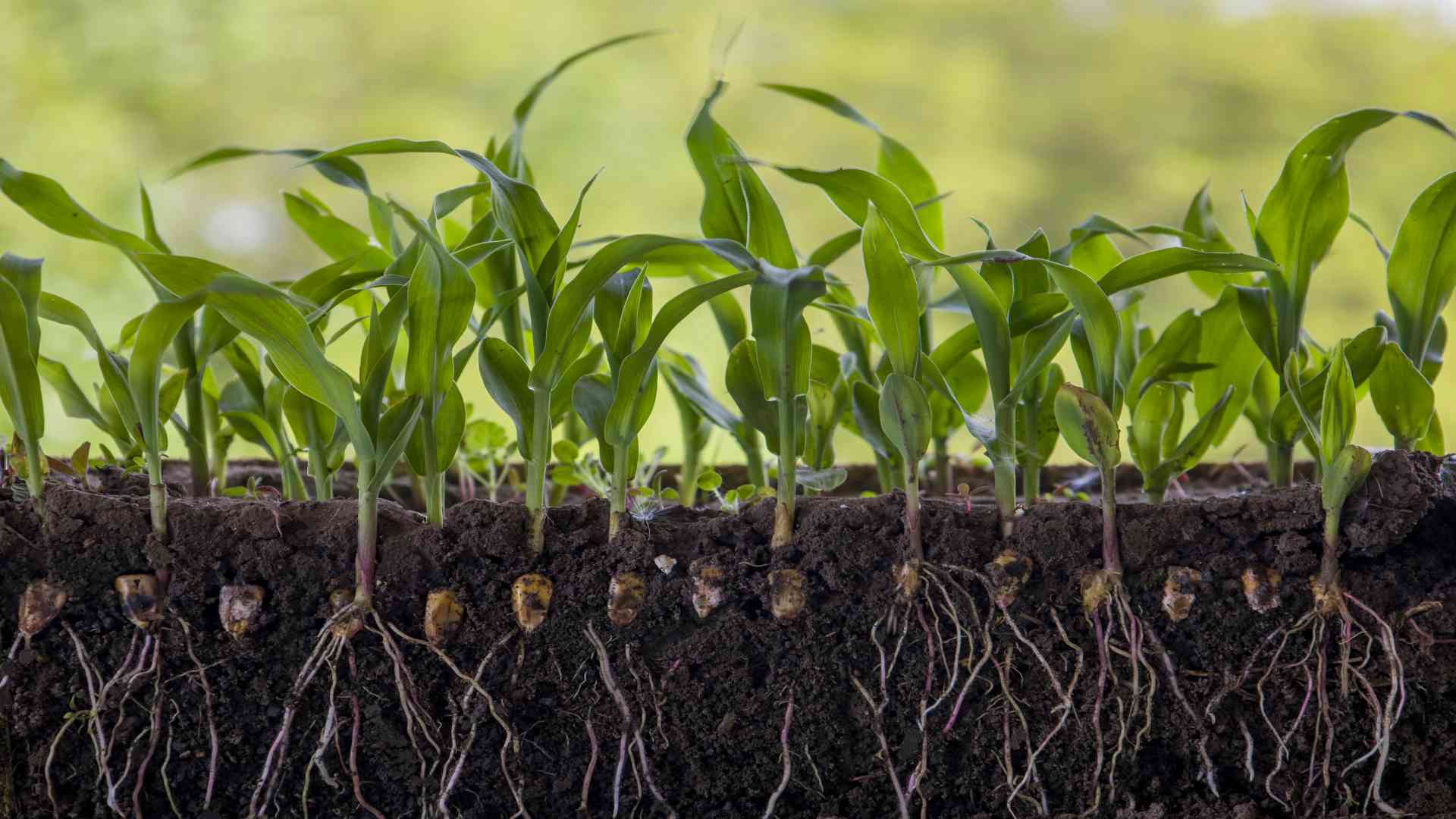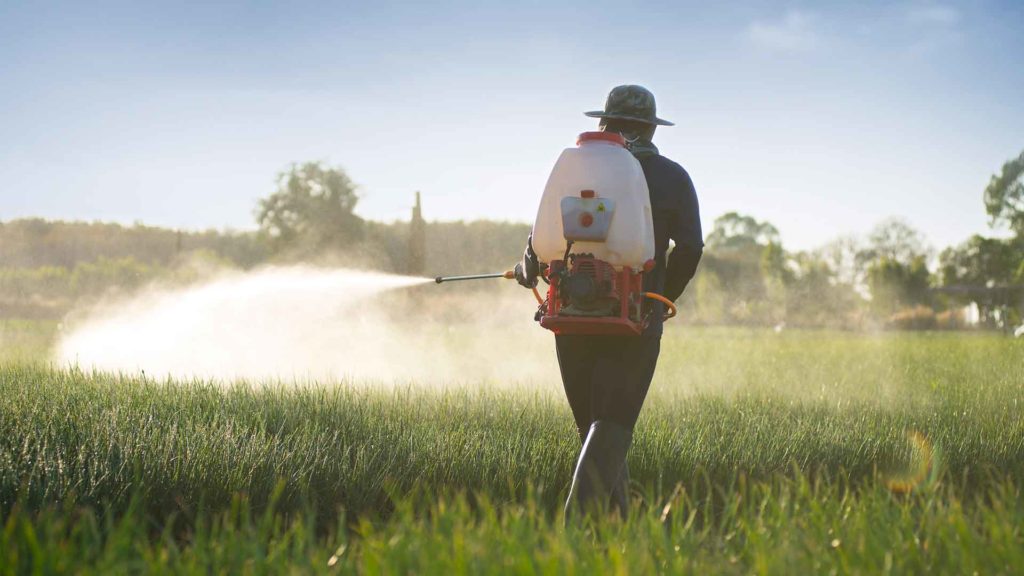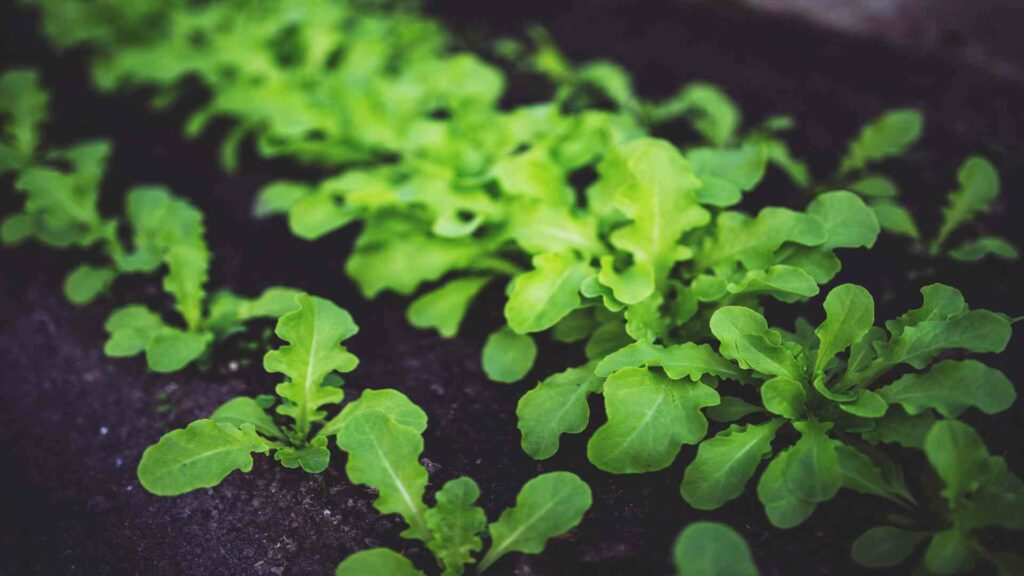The Corn Plant and the Science of Boron Fertilizers
The corn plant is a popular houseplant for its attractive and shiny leaves. Corn is a major food source for humans and animals and is used to manufacture many products, including biofuels. But did you know that a corn plant needs boron to grow and develop properly?

Corn plant
Boron for Corn Plant
Boron is a micronutrient essential for the corn plant (dracaena fragrans). It plays a role in several plant processes, including cell wall formation, pollination, seed development, and most importantly, during tasselling and silking. Boron also helps corn plants produce more sugar, which makes them sweeter.
However, as boron can drain from the soil layer, particularly under wet weather, there may be a reduction in plant uptake and yield potential. If boron is unavailable, plants make pollen that lacks the starch needed for development. Additionally, boron deficiency may result in smaller, stunted ears of corn, leading to fertility problems in the corn plant.
Other Boron Deficiency Symptoms in a Corn Plant
Boron deficiency is rare in a corn plant. Still, if it appears, it is most common in coarse-textured soils with poor organic matter. It also occurs in high pH soils or areas that have recently been limed as boron availability reduces after soil pH levels rise over 7.
Boron deficiency symptoms generally include
- deformed or irregular development of immature leaves,
- reduced growth of bud flowers,
- poor kernel formation,
- small internodes, and swollen nodes, leading to a bushy appearance of crops.
In cases of severe boron deficiency, the leaves may exhibit little white dead patches, streaking, and brittle. However, soil and plant analysis help determine the soil’s potential boron-supplying ability and the growing plant’s existing boron status.
Soil Analysis
Boron soil tests are widely used in Wisconsin to help farmers and gardeners determine how much boron to add to their soils. The soil texture and plant boron requirements determine these tests’ interpretation.
For example, crops with high boron requirements will require more boron if soil test readings are very low or low. In these instances, farmers should apply 3 or 2 lb/a of boron. If the soil test readings are very low or low, crops with medium boron requirements will require less boron; thus, farmers should apply 2 or 1 lb/a of boron, respectively.
| Soil Texture | Very Low (ppm B) | Low (ppm B) | Optimum (ppm B) | High (ppm B) | Excessively High (ppm B) |
|---|---|---|---|---|---|
| Sandy, loamy sands | <0.2 | 0.3-0.4 | 0.5-1.0 | 1.1-2.5 | >2.5 |
| Sandy loams, loams, silt loams, silts, clays | <0.3 | 0.4-0.8 | 0.9-1.5 | 1.6-3.0 | >3.0 |
| Mucks, peats | <0.5 | 0.6-0.10 | 1.1-2.0 | 2.1-4.0 | >4.0 |
Source: Agronomy
Nevertheless, when the crop’s boron requirement is low and the soil test shows that the boron level is deficient, farmers should validate the boron requirements with a plant analysis before adding any amendments. This is because too much boron can be toxic to plants.
Plant Analysis
Plant tissue analysis is a true indicator of boron nutrition in plants. However, as boron levels in plants vary with age, it is critical to specify the stage of development at the sampling time. The following table interprets boron contents in leaf tissue for Wisconsin field crops.
| Crop | Plant Part Sampled | Time of Sampling | Deficient (ppm B) | Low (ppm B) | Sufficient (ppm B) | High (ppm B) | Excessive (ppm B) |
|---|---|---|---|---|---|---|---|
| Corn | Whole plant | 6-16 inches | <4 | 4-6.4 | 6.5-40 | 40.1-55 | >55 |
| Corn | Earleaf | Tassel to silking | <2 | 2-5 | 5.1-40 | 40.1-55 | >55 |
Source: Agronomy
Boron Fertilizer Application
Adding boron to your fertilizer treatment plan may be necessary if you have any of the boron deficiency symptoms:
Soil pH:
High pH limits boron availability; low pH increases boron availability.
Leaching:
In high-rainfall or irrigated areas, pure boric acid in soil solution is susceptible to leaching.
Organic Matter:
As organic matter is one of the principal sources of boric acid, soil with a low organic matter has less boron. However, the content of organic matter might be a double-edged weapon. Even if a soil test shows enough boron levels in rich organic matter soils, the nutrient may not be present in sufficient proportions. In this case, plant tissue analysis is the only method for determining how well the corn plant is getting appropriate boron.
Dry Situations:
Excessive water makes leaching, while too much dryness may reduce boron availability since boron is distributed by water.
Experts suggest regular soil analysis to ensure that your corn crop gets the right amount of boron. This assists you in identifying any variations in pH or boron levels that may occur due to weather conditions or other factors. Boron deficiency can harm a corn plant, while excessive boron can be toxic.
The leaves tips may turn dark and appear burnt. Boron toxicity, on the other hand, is extremely rare and is typically only found when the nutrient has been misapplied. Always use the appropriate application rates for specific field conditions to prevent this. It is also preferable to apply the boron using adjustable-rate prescriptions.
Determining the Right Borate
While boron can be used granularly and easily combined into water, liquid fertilizer systems, or crop protection solutions, it is not appropriate for all crops and areas. Choose a product that satisfies high quality and certification standards and supplies the most liquid-soluble boron to achieve optimal plant health and return on capital. With so many market choices, choose the appropriate type for different crops and regions.
Corn Applications and Products
Corn is a versatile crop that can be used in many different ways. The kernels can be processed into flour or meal, while the oil can be extracted from the corn and used for cooking or biofuel. Corn stalks are used to make paper and wallboard; husks are often used as filler material; and cobs are utilized directly to make fuel, charcoal, and industrial solvents.
In the United States, corn is most commonly associated with food. Sweet corn is a popular summertime treat, while creamed corn and corn on the cob are common side dishes. Cornbread, muffins, and pancakes are all made with cornmeal, while the popcorn is popped kernels of corn.
Corn syrup is a popular sweetener in many processed foods, such as jams, jellies, and other baked goods. Corn syrup can be treated further to produce high-fructose corn syrup, widely used in foods including soft drinks and candy.





